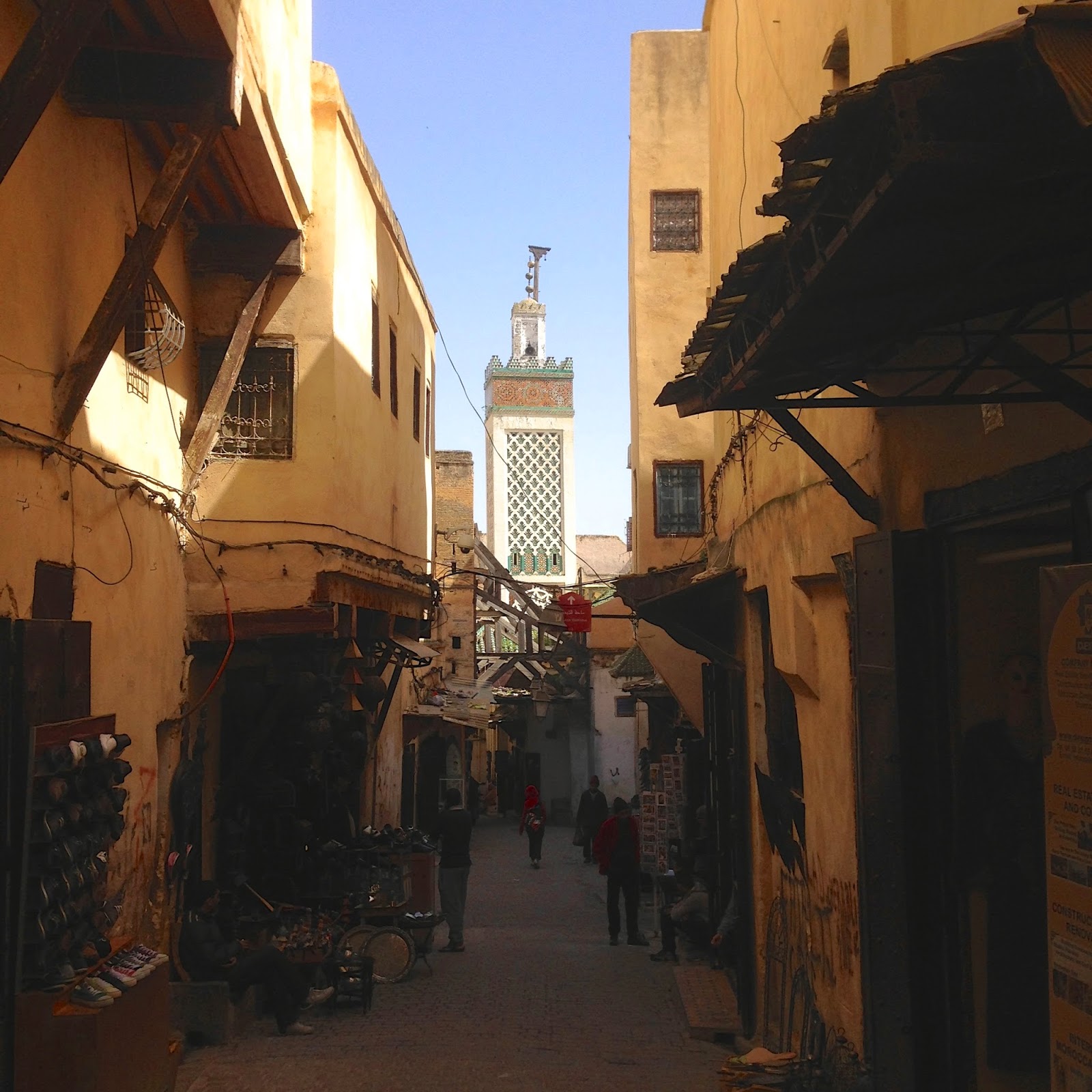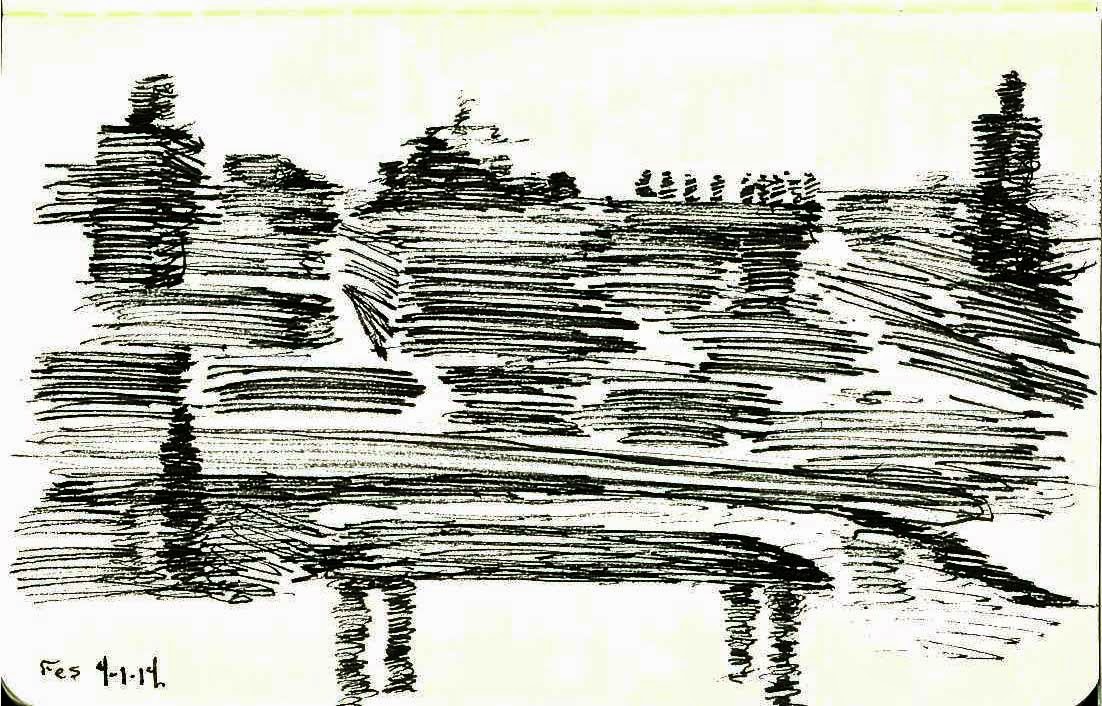Morocco poses an invisible cities-like comparison opportunity in the actual color of these places due to building materials used - Marrakech (the red city), Fes (the gray city), Casablanca (the white city), and finally Chefchaouen (the blue city). Is color and culture associated? Each city is quite unique.
smaller places like palmanova, florentine new towns, fes, marrakech and chefchouen are easier to study and seem to yield more poignant lessons in terms of form-generating ideals. In layered cities like barcelona, rome, naples, paris I am pulling out ordering systems and relationships to make sense of the "chaos", or looking at parts of them, i.e. EUR, Eixample, Spanish Quarter in Naples, to see how they work, as well as identifying building typologies across them like the Palazzo, piazza and the Domus up and down italy.
still it is a search for form-generating ideals (i.e. single-purpose cities/sectors that get their form from a single source/ideal - sometimes this is top-down, other times bottom-up).
A categorization of cities, some of which I've studied or will be studying in person.
roman city (barcelona, rome, ostia, naples, florence, pompeii)
medieval city (barcelona, rome, naples, san giovanni valdarno, venice, fez, marrakech, cordoba, granada, lyon, paris)
renaissance city (rome, naples, florence, venice, palmanova)
colonial city (casablanca, jakarta, mexico city, sao paulo)
modernist city (casablanca, barcelona, paris, lyon, chandigarh, dakah)
structuralist city (toulouse, rotterdam, apeldoorn, montreal, tokyo, berlin)
religious city - fez, marrakech, santiago de campostella, rome
islamic city - fez, marrakech, cordoba, granada
spiritual city - brasilia, cuzco, mexico city
[cultural] integration city - roman cities, florentine new towns
defensive city - palmanova, French Bastides towns, toledo
water city - venice, amsterdam, Jakarta
garden city - versailles, caserta, grenada, english new towns...
industrial city - lyon, sheffield, partizanske (slovakia),
american dream city - celebration, radburn
gateway city - istanbul, kashgar, kunming, tangier
vertical city - manhattan, hong kong, singapore, sao paulo
continuous city - eixample, manhattan
multi-layer city - rome, barcelona, paris,
imperial city - beijing forbidden city, kyoto
with the idea of returning next spring to work on apollopolis - the solar city, i'm learning first-hand how urban systems work, how they are continuous and interdependent, and how it is usually impossible to "preserve" a part of the system - a tightly knit urban fabric needs all its parts in order to survive.




































